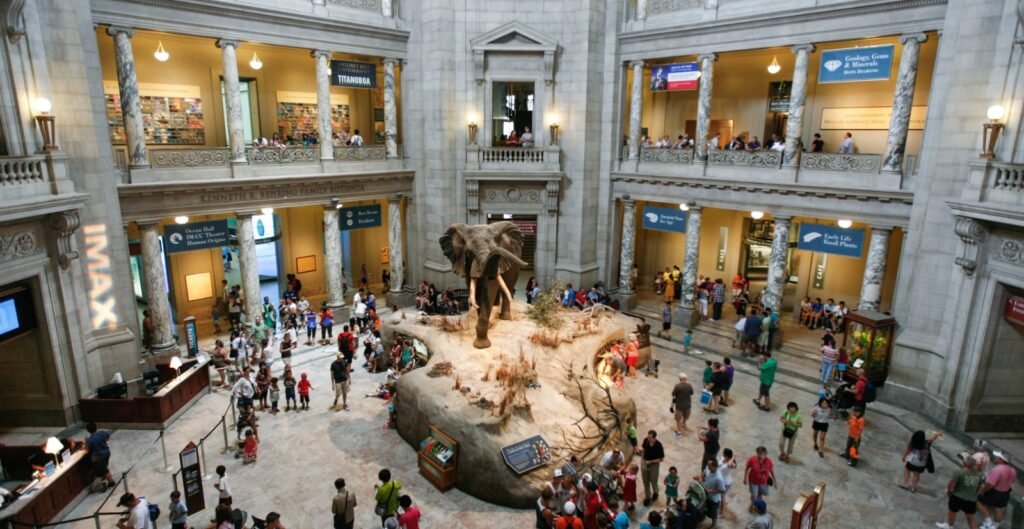
The Smithsonian National Museum of Natural History

Washington, D.C.
The Smithsonian National Museum of Natural History in Washington, D.C., is one of the world’s most renowned institutions dedicated to exploring the natural world and human cultures. Here is some tourist information about The Smithsonian National Museum of Natural History:
- Location and Hours:
- Address: 10th St. & Constitution Ave. NW, Washington, D.C. 20560, United States
- The museum is located on the National Mall, a historic and iconic area in the heart of Washington, D.C., surrounded by other Smithsonian museums, monuments, and landmarks.
- Operating hours are typically from 10:00 AM to 5:30 PM daily, with extended hours until 7:30 PM during the summer months and on select days.
- Admission:
- General admission to The Smithsonian National Museum of Natural History is free for all visitors, making it a highly accessible and popular destination for tourists, families, and school groups.
- Special exhibitions, programs, and IMAX films may have separate ticket prices, so visitors are advised to check the museum’s website or contact them for details.
- Exhibits and Collections:
- The museum’s vast collection includes over 145 million specimens and artifacts representing the natural world, human cultures, and scientific discoveries.
- Visitors can explore exhibits such as the Hall of Fossils, Hall of Mammals, Hall of Human Origins, Ocean Hall, Hall of Geology, and Butterfly Pavilion, showcasing a diverse range of topics in natural history.
- Notable highlights include the Hope Diamond, dinosaur skeletons, meteorites, gems and minerals, live insects, cultural artifacts, and interactive displays.
- Programs and Activities:
- The Smithsonian National Museum of Natural History offers a variety of educational programs, workshops, tours, demonstrations, and hands-on activities for visitors of all ages.
- Special events, lectures, film screenings, and family-friendly programs are scheduled throughout the year to engage and inspire curiosity about the natural world and scientific exploration.
- Facilities:
- The museum provides amenities such as visitor information desks, gift shops offering educational toys, books, and souvenirs, as well as dining options including cafés and food courts.
- Accessibility services, including wheelchair rentals, assistive listening devices, captioned exhibits, and sensory-friendly resources, are available to accommodate visitors with disabilities.
- Visitor Tips:
- Due to the museum’s popularity, visitors are encouraged to arrive early or visit during less crowded times to avoid long lines and wait times, especially during peak tourist seasons and weekends.
- Download the museum’s app or pick up a visitor guide to navigate the exhibits, access interactive maps, learn about featured specimens, and plan your visit more efficiently.
- Check the museum’s website or social media channels for updates on special exhibitions, temporary closures, construction projects, and any COVID-19 safety protocols or guidelines.
- Getting There:
- The Smithsonian National Museum of Natural History is conveniently located near public transportation options, including Metrorail stations (Smithsonian station on the Blue, Orange, and Silver lines), bus stops, and bike-sharing stations.
- Paid parking garages and street parking are available nearby for visitors driving to the museum, although parking in the area may be limited during peak hours.
A visit to The Smithsonian National Museum of Natural History offers an immersive and educational experience, showcasing the wonders of the natural world, human history, and scientific discovery, making it a must-visit destination for tourists and science enthusiasts in Washington, D.C.



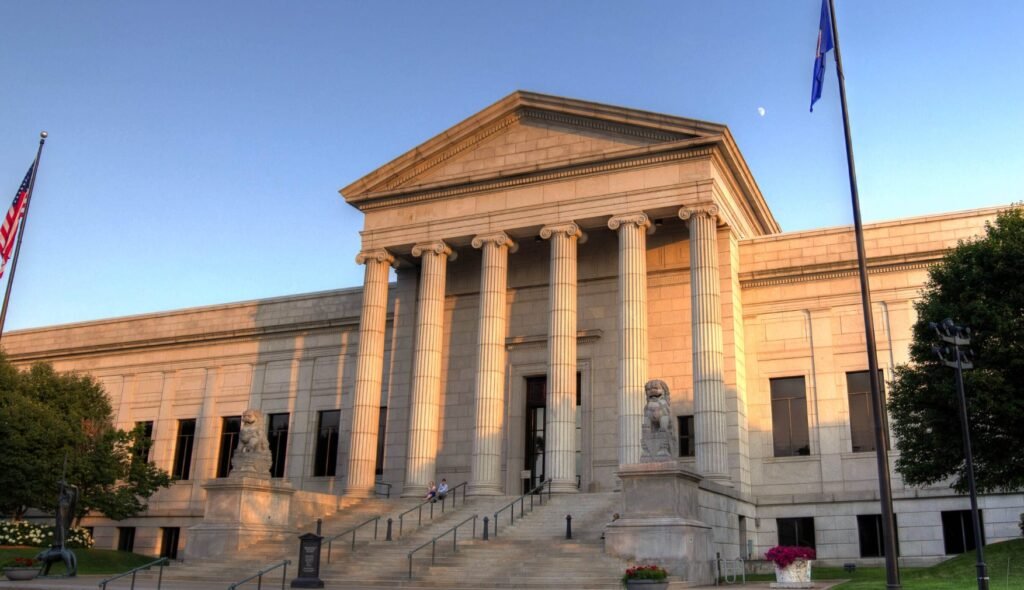
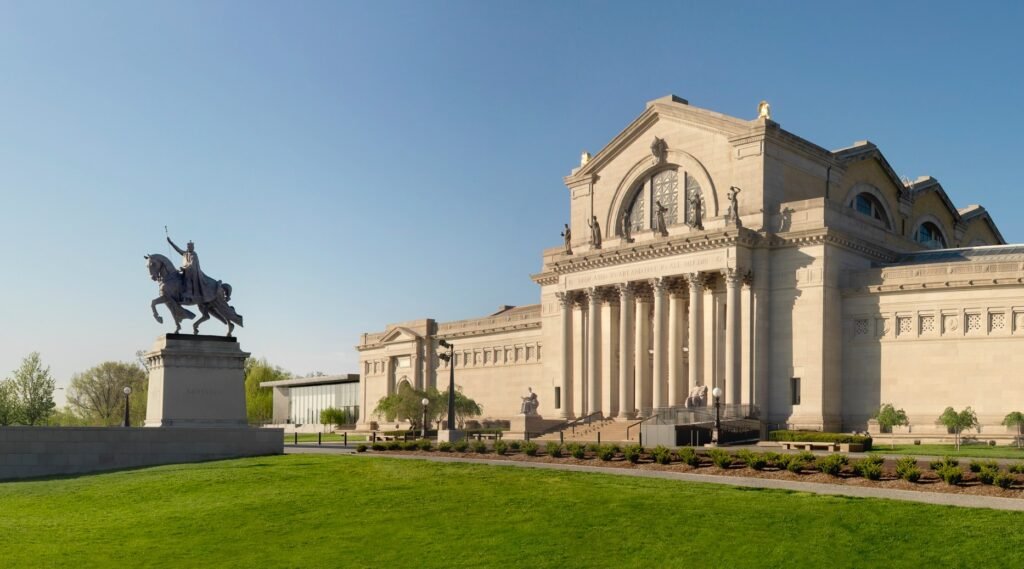



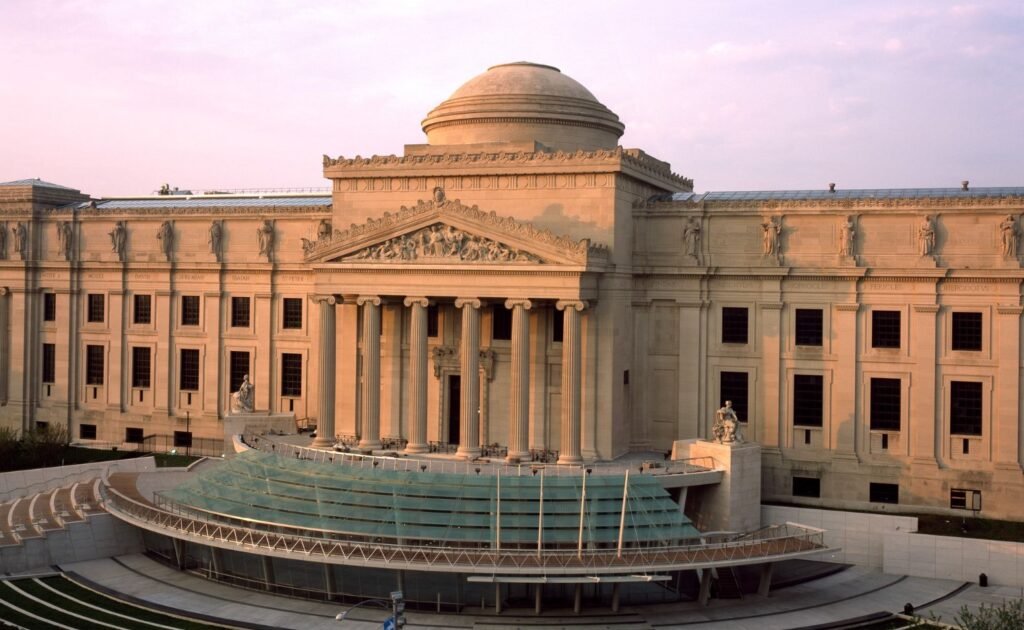

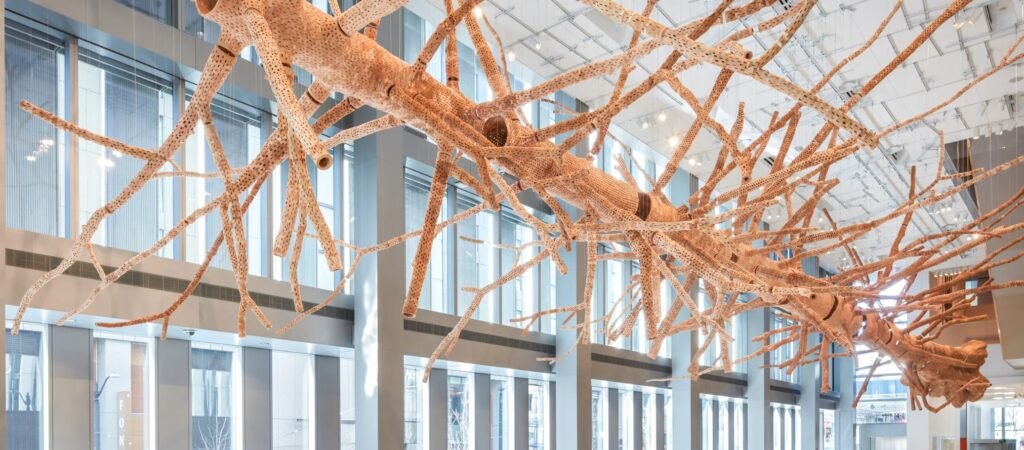
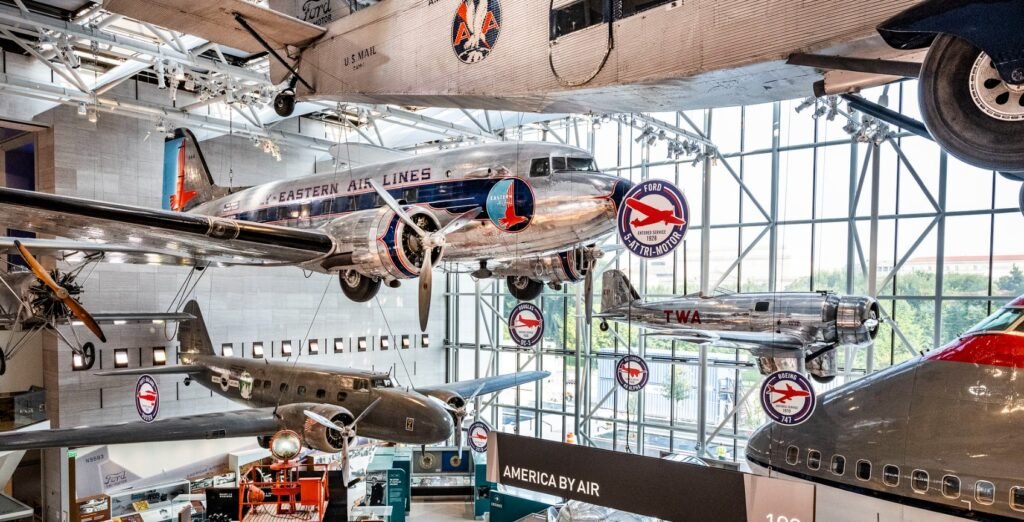
Responses